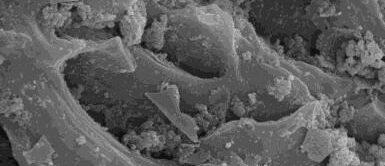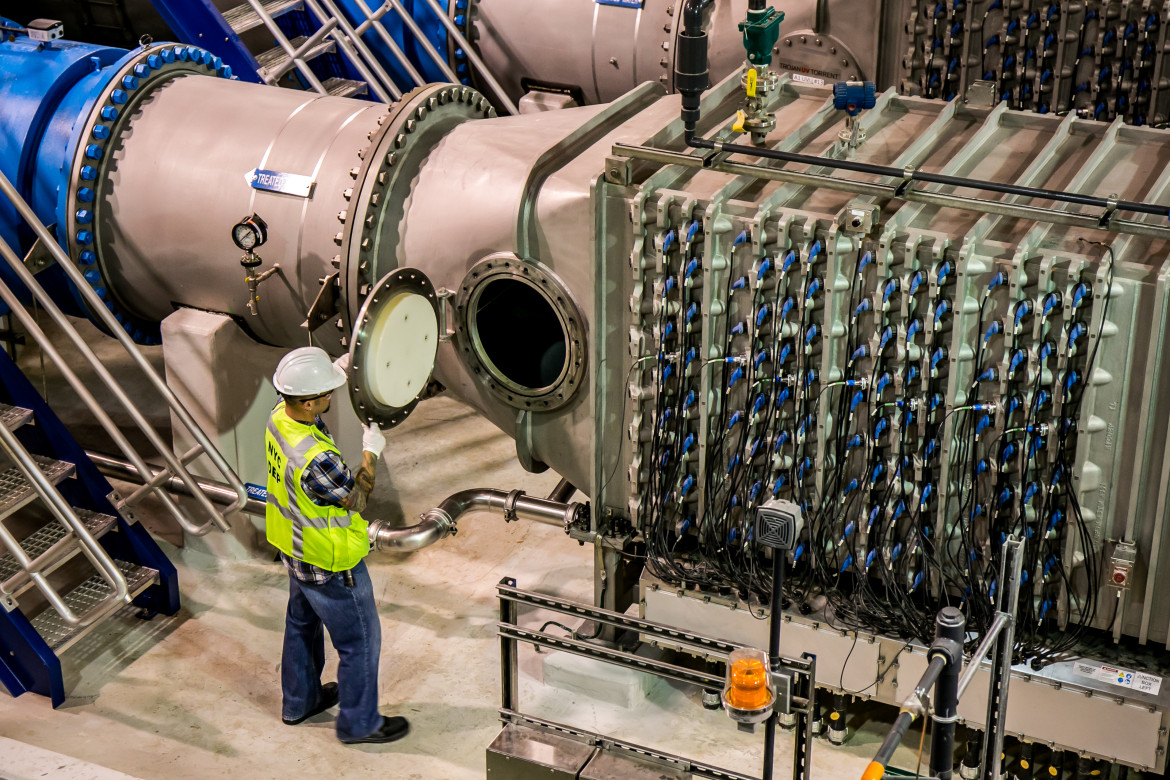Adsorption capacity and its effect on water filtration
Porous filter media have increasingly become the standard in water filtration for suspended solid removal since they can deliver a superior performance than non-porous filter media such as sand and anthracite. Porous filter media can retain smaller microparticles due to their higher electrostatic capacity (physisorption). Additionally, they can retain organic matter, ammonia, and heavy metals through the previously mentioned adsorption mechanisms.
In water filtration, factors and characteristics such as adsorption and porosity influence the performance of the filtration process. Through adsorption, porous filter media such as zeolites can retain particles between their grains. Another relevant aspect of porous filter media is that they have a lower pressure drop and higher permeability than inert media; therefore, porous media can filter at higher speeds with longer operational cycles without becoming saturated.
Do you know what determines the efficiency of a granular filter? Check it out here.
Zeolite, for example, offers the following benefits in water filtration due to its porous nature and adsorption capacity.
- Greater filtration capacity
- Up to 70% more savings in water and energy through backwashes
- Greater particle retention
- A higher flow rate
To choose a filter media that works best for you, it’s essential to know the different types of adsorptions processes there are for water filtration.

- Exchange adsorption in water filtration
Through this process, the solute (the absorbed ions or particles) and the adsorbent (the filter media) are attracted by electrostatic forces. Solute ions get concentrated on the sorbent’s surface, which is charged electrically with the opposite sign of the solute ions. The ions on the surface have a weak opposing force related to the adsorbate ions. When they come in contact, an ionic exchange occurs, where the stronger ions of the sorbent material replace the weaker ones of the adsorbent material. When both have a similar charge, the exchange efficiency is determined by the molecular weight of the exchanged ions.
- Van Der Waals Adsorption in water filtration (Also called physical adsorption or physisorption)
In this type of adsorption, the adsorbate (the absorbed liquid or gaseous substance) does not get fixed on the surface of the adsorbent (the porous filter media) but, instead, has mobility at the interface. It maintains its chemical nature, does not form a covalent bond, and is easily reversible. This phenomenon explains how Porous media can retain micro and colloidal particles and then release them by a standard backwash cleaning process.
- Chemical adsorption in water filtration
Chemical adsorption occurs when a chemical reaction between the adsorbent and the adsorbate occurs. This process is also called chemisorption. This interaction is so strong that it forms a difficult chemical bond to reverse.
It is essential to underline that not all porous filter media have the same adsorption capacity; depending on the type of pores it contains and the magnitude of its surface area, its efficiency in adsorbing and absorbing contaminants will vary.





